As a beginner, it can be overwhelming to figure out what to feed your new furry friend. The key to a healthy sugar glider diet is understanding their nutritional requirements and providing them with a balanced meal plan. In this blog what to feed a sugar glider, we will walk you through the essentials of a sugar glider’s diet, including the importance of proteins, fruits, and vegetables. We will also highlight foods that must be avoided at all costs as they can harm your pet. By the end of this guide, you’ll have a clear idea of what to feed your sugar glider and keep them content and thriving for years to come.
Table of Contents
Understanding the Dietary Needs of Sugar Gliders

We should make a diet for the sugar gliders that offers a variety of food types to meet their nutritional needs. Their diet should consist of small portions of fresh fruits, veggies, and protein to maintain a balanced intake. It’s crucial to ensure a constant supply of fresh water, either through a water bottle or dish, for their hydration needs. Additionally, sugar gliders thrive on a natural diet, making it essential to have a clear idea of their daily nutritional requirements. Adequate calcium intake is especially vital for breeding females to support their reproductive health.
In their natural habitat in Australia, sugar gliders feed on a combination of nectar, insects, and sweet tree sap. While in captivity, it’s advisable to replicate this diet using a variety of food dishes or bowls to offer a diverse range of nutrients. Moreover, consulting a vet for specific diet plans and nutrition advice can help ensure the best care for these social and exotic animals.
Essentials for a Sugar Glider’s Diet
When we are planning the diet of an adult sugar glider, it’s essential to ensure a healthy mix of sugar glider food. Along with fresh fruit and veggies, pellet food, and mealworms, supplementation with calcium, yogurt, and bee pollen is crucial for meeting their nutritional needs. Fresh fruit such as berries, papaya, pears, and honeydew should be regular components of their diet, as they are in their natural habitat in Australia. Providing a natural diet, including small pieces of fresh fruit, veggies, and protein, is vital for the health of these social and exotic animals.
It’s also important to feed sugar gliders bird eggs, crickets, and small animals like rodents in moderation, as these contribute to their nutritional balance, but overfeeding can lead to health problems. By understanding how to balance their diet plans and providing suitable portions of food in their food dish or food bowl, sugar glider owners can ensure their pets receive proper nutrition and care while in captivity. This careful attention to the nutrition of sugar gliders can contribute to their overall health and well-being.
Nutritional Balance in a Sugar Glider’s Feed
A sugar glider’s diet requires careful attention to nutritional balance, ensuring the intake of essential elements like calcium, phosphorus, and a variety of fresh fruits and veggies. To meet their calcium needs, consider supplementing their diet with yogurt, bee pollen, and calcium-rich fruits such as papaya, pears, and honeydew. It’s crucial to provide a diverse range of food, including fresh fruits, vegetables, pellet food, berries, papaya, pears, honeydew, yogurt, bee pollen, as well as occasional crickets and small animals like rodents, to maintain optimal nutritional balance. Moderation is key, especially when offering bird eggs, crickets, and small animals like rodents, to uphold a balanced diet.
The Best Foods for Your Sugar Glider

We can can make the best diet for the sugar gliders with a healthy mix of fresh fruit, veggies, pellet food, and mealworms. Supplementing their diet with calcium, yogurt, and bee pollen is crucial for their nutrition and wellbeing. Additionally, providing a balanced mix of fresh fruit, veggies, pellet food, bee pollen, yogurt, and a calcium supplement is essential for their health. Moderation is key when it comes to feeding them bird eggs, crickets, and small animals like rodents to maintain their nutritional balance and overall health.
Fulfilling a sugar glider’s nutritional requirements involves offering them enough calcium, yogurt, bee pollen, fresh fruit, veggies, berries, papaya, pears, honeydew, crickets, and small animals. This ensures that they have a healthy and natural diet, catering to their unique nutritional needs and preferences. It is important to consider the nutritional balance and health problems while feeding them bird eggs, crickets, and small animals.
Fruits and Vegetables: A Sugar Glider’s Favorite
A sugar glider’s diet should be nutritionally balanced, incorporating fresh fruit, vegetables, pellet food, and mealworms to meet their health needs. It is crucial to include a variety of fresh fruit, veggies, pellet food, berries, papaya, pears, honeydew, yogurt, bee pollen, crickets, and small animals in their diet to ensure optimal nutrition. Providing calcium, yogurt, bee pollen, fresh fruit, veggies, berries, papaya, pears, honeydew, crickets, and small animals is essential for their overall health. Balance is key, offering small pieces of fresh fruit, veggies, pellet food, and mealworms to fulfill their nutritional requirements.
Ensuring the diet includes an adequate amount of calcium, yogurt, bee pollen, fresh fruit, veggies, berries, papaya, pears, honeydew, crickets, and small animals is vital for a healthy and natural diet.
The Importance of Proteins and Insects
Proteins, insects, and small animals are essential components of a sugar glider’s diet what will ensure a good nutritional balance and overall health. Including mealworms, crickets, bird eggs, and small animals in their diet provides the necessary proteins, contributing to a healthy dietary intake. It is imperative to maintain a well-rounded diet for sugar gliders, incorporating fresh fruit, veggies, pellet food, bee pollen, yogurt, crickets, mealworms, and small animals to meet their nutritional needs and support their overall well-being.
By offering a natural diet consisting of small pieces of fresh fruit, veggies, pellet food, and mealworms, it is possible to ensure a good nutritional balance for the sugar glider’s health. The inclusion of fresh fruit, veggies, pellet food, bee pollen, yogurt, crickets, bird eggs, and small animals is crucial to meeting the dietary requirements essential for the health of adult sugar gliders.
Foods to Avoid for Sugar Gliders
It’s imperative to steer clear of certain foods in a sugar glider’s diet to maintain their health. Artificial sweeteners, preservatives, gum, figs, beets, spinach, lettuce, kibble, oxalates, honeydew, nectar, sap, pollen, and crickets should be avoided due to potential health problems. Being mindful of what to feed sugar gliders is crucial for preventing any adverse effects on their well-being. By avoiding harmful foods and being selective about their diet, sugar gliders can thrive in captivity and remain in good health.
Harmful Foods That Must Be Avoided
It’s crucial for us to be mindful of what we feed our pets, avoiding artificial sweeteners, preservatives, gum, figs, beets, spinach, lettuce, kibble, oxalates, honeydew, nectar, sap, pollen, and crickets to prevent health problems. Being aware of harmful foods ensures the protection of a sugar glider’s health, making it essential to avoid artificial sweeteners, preservatives, gum, figs, beets, spinach, lettuce, kibble, oxalates, honeydew, nectar, sap, pollen, and crickets. Feeding these harmful foods should be avoided to guarantee a sugar glider’s well-being, emphasizing the necessity of being cautious and protecting the pet’s health.
What if My Sugar Glider Eats Something Unsafe?

Dos and Don’ts When Your Sugar Glider Eats Something Unsafe
If your sugar glider accidentally ingests something unsafe, like artificial sweeteners, preservatives, gum, figs, beets, spinach, lettuce, kibble, oxalates, honeydew, nectar, sap, pollen or crickets, it is important to follow these dos and don’ts:
Dos
Don’ts
Remember to always keep a close eye on your sugar glider’s diet and environment to prevent any accidents from happening. By following these dos and don’ts, you can ensure that your sugar glider receives the necessary care and attention in case of an emergency.
Frequently Asked Questions
To help you further understand what to feed your sugar glider, here are some frequently asked questions with their respective answers:
Can sugar gliders eat nuts?
Yes, they can. However, it is important to limit their intake as nuts are high in fat.
What fruits should I avoid feeding my sugar glider?
Citrus fruits like oranges and lemons should be avoided as they can cause mouth sores and digestive issues.
Can sugar gliders eat honey?
Yes, they can. However, it is important to give them honey in moderation as it is high in sugar.
What types of insects are safe for sugar gliders to eat?
Mealworms, crickets, and roaches are safe options for sugar gliders.
Can sugar gliders eat cat or dog food?
No, they cannot. Cat and dog food do not provide the necessary nutrients for a sugar glider’s diet.
Conclusion
In the end, it is important to provide a well-balanced and nutritious diet for your sugar glider to ensure its overall health and well-being. Fruits and vegetables should make up a significant portion of their diet, as they are high in vitamins and minerals. Additionally, proteins from sources such as insects and lean meats are essential for their growth and development. It is crucial to avoid feeding them harmful foods that can be toxic or cause digestive issues. If your sugar glider accidentally consumes something unsafe, it is important to monitor their behavior and seek veterinary assistance if necessary.
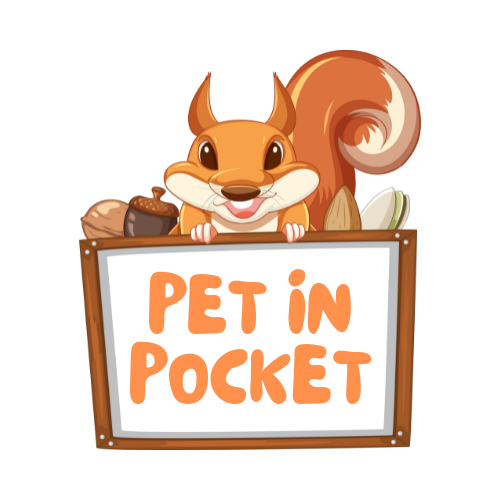

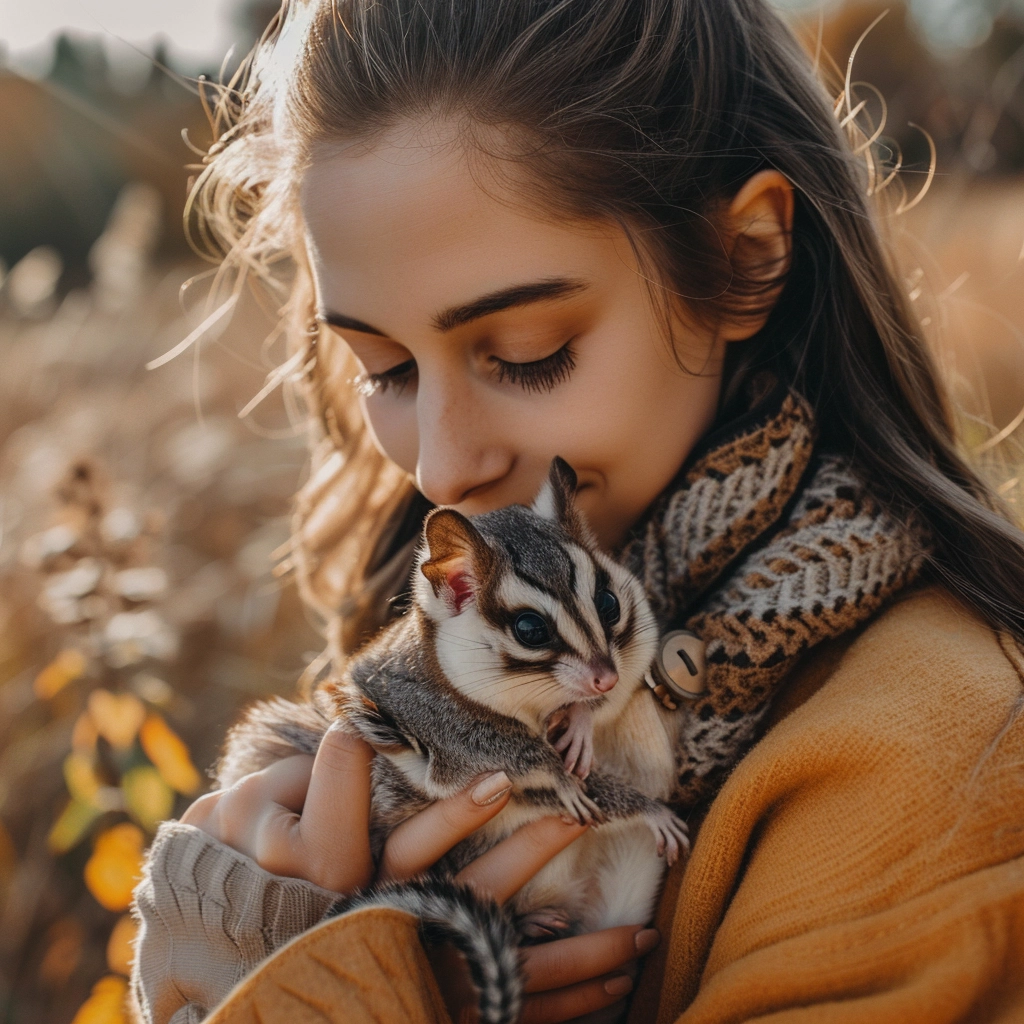
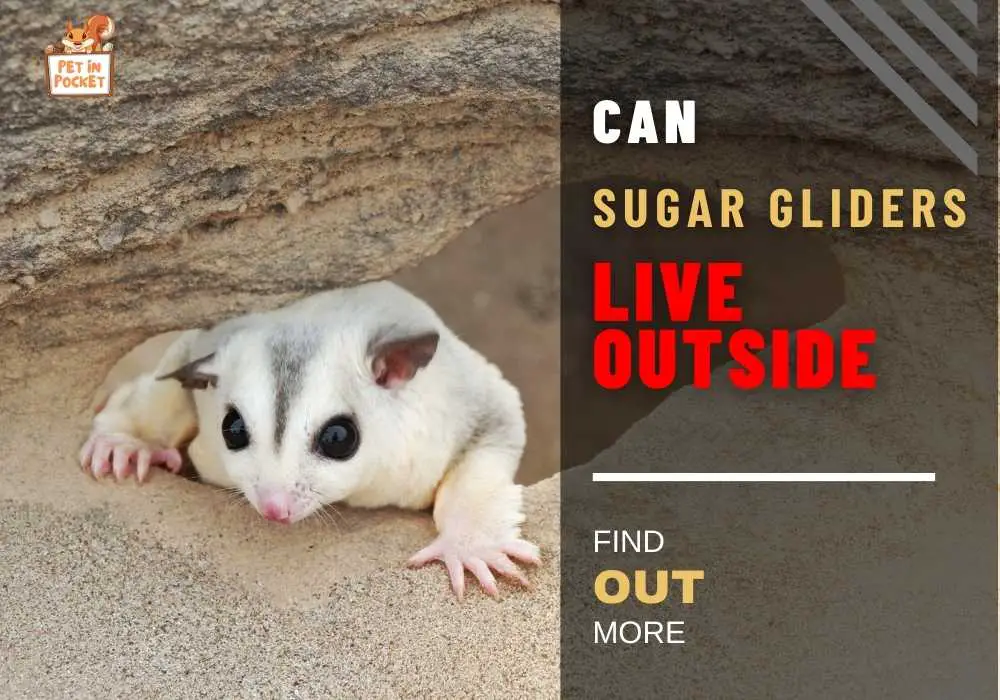
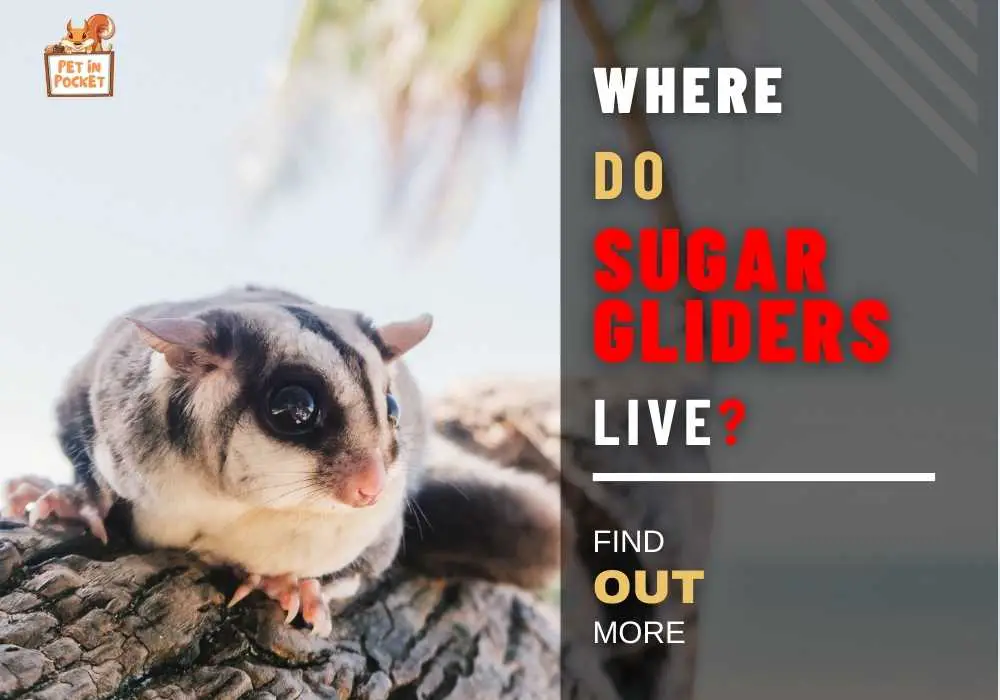
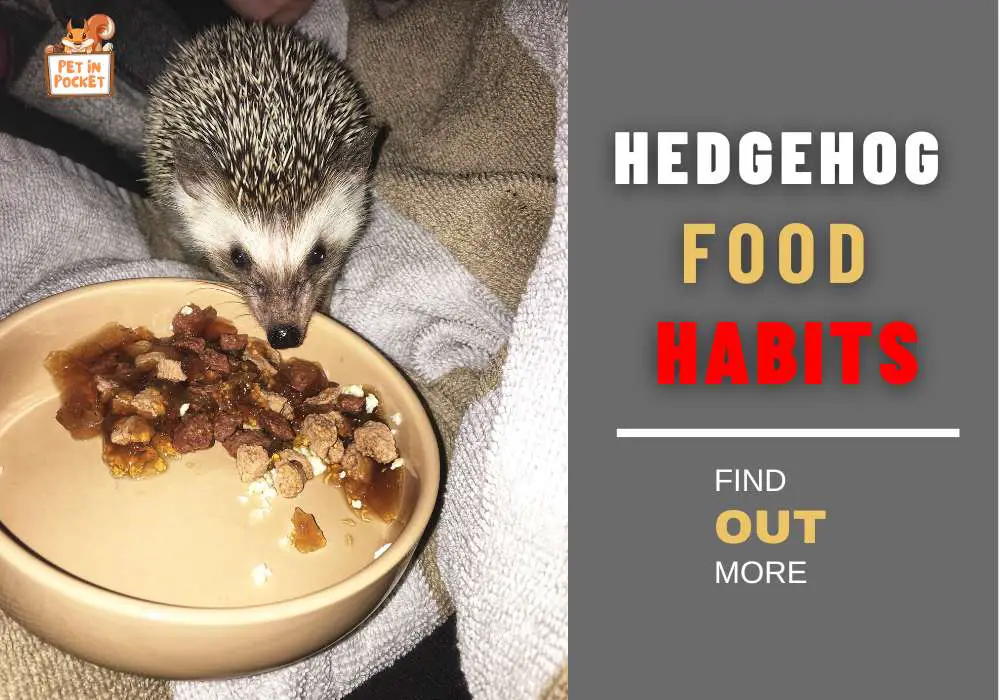
Leave a Reply